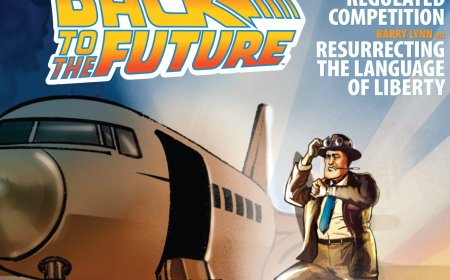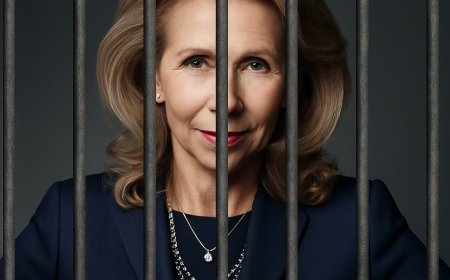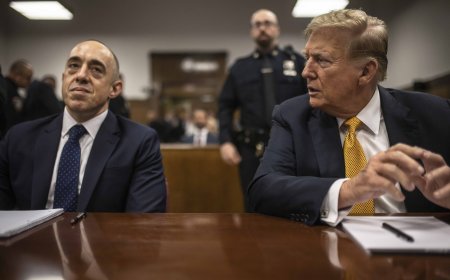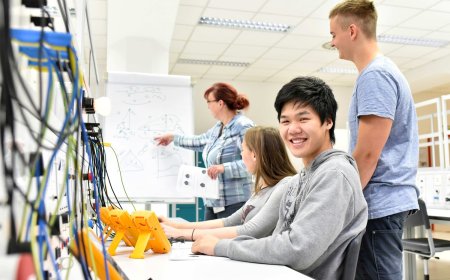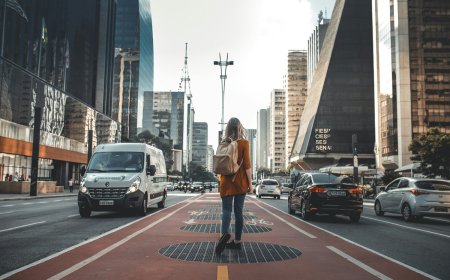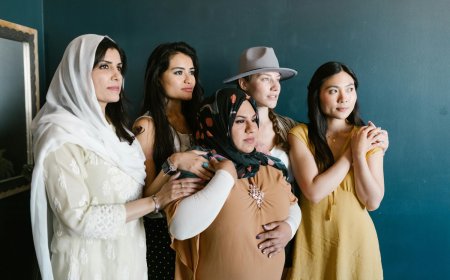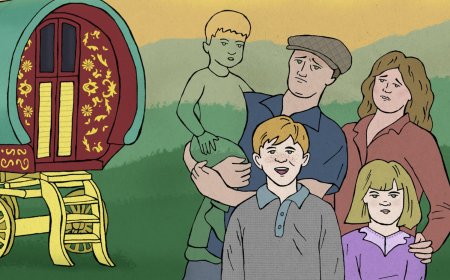In Kyiv’s Suburbs, Yearning for Peace, Preparing for More War
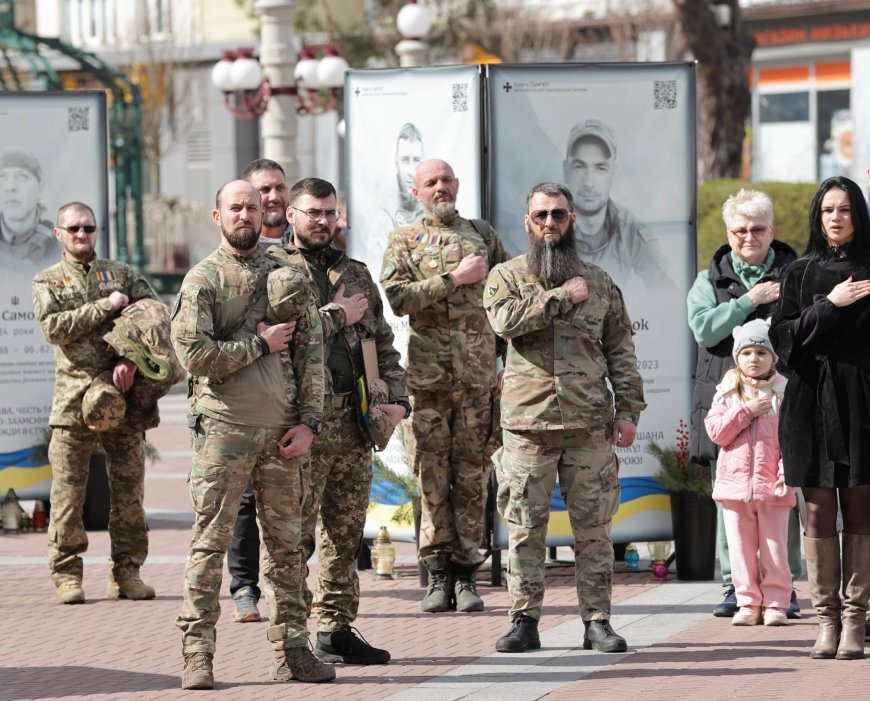

Two small knots of people—fatigue-clad soldiers and unaccompanied women—gathered in the spring sunshine on the south side of the iconic bridge. Few spots in Ukraine are better known in the West than the span that connects Kyiv with its northern suburbs, Irpin and Bucha. This is the bridge Ukraine destroyed in February 2022 to stop Russian tanks from reaching the capital, forcing tens of thousands of fleeing residents to cross the river on foot. Three years later, the bridge has been repaired, and simple as it is—an unremarkable stretch of urban roadway—there is something miraculous about it, smooth and unbroken across the flat marshland.
The Ukrainians huddled near the old crossing last week are there to celebrate the third anniversary of the liberation of Irpin—the end of the opening battle of the war. It’s a simple ceremony, the first of several marking the day. Attendees stand for a moment of silence for fallen fighters; a small band plays the national anthem. There are short prayers and speeches. Then the mayor, also in fatigues, hands out the little plastic boxes with Ukrainian flags, one for each tearful widow. “We can fix the buildings,” wounded veteran Andrii Rizhov, a compact man with a graying beard, tells me. “Most of the physical damage and destruction has been repaired. The souls are different. Nothing can repair these widows’ shattered lives.”
This is a time of swirling emotions for most Ukrainians. Three years of war—nightly bombardments, power outages, unrelenting mobilization, and mounting casualties—have left citizens exhausted and yearning for peace. Few expect much of the ceasefire being negotiated by Washington and Moscow.
According to a recent poll by the Kyiv International Institute of Sociology, 73 percent of Ukrainians hold an unfavorable view of Donald Trump, compared to just 19 percent with a positive view. A full 57 percent say they can endure war for another year or longer, most of them for “as long as is necessary.” And 82 percent say they are prepared to continue fighting rather than surrender on Moscow’s terms.
The Irpin commemorations reflect these mixed emotions. It’s a day for looking back overshadowed by deep uncertainty about the future—fervent hope for peace, preparations for continued war, dreams of victory, and nightmares about an imposed defeat.
Several of the day’s ceremonies evoke the 2022 battle in words and video. The invaders occupied Bucha, just to the north, in hours and readied to capture Irpin. But the prosperous bedroom community resisted. A ragtag mix of experienced soldiers and volunteers who had never held a gun held off the enemy for 33 days. “We were meant to be the gateway,” Mayor Oleksandr Markushyn noted. “Instead, we served as the shield of Kyiv.” Some 90 percent of Irpin’s population fled. One-third of the town was occupied. A month of shelling and tank warfare damaged or destroyed half of the housing stock, and 300 civilians were killed.
After the ceremony at the bridge, I head to the other side of the town—the small shopping mall called Giraffe on the road to Bucha, where Russian troops tried to enter Irpin. A column of Moscow’s tanks was destroyed, but not before it had decimated the mall. Russian shelling ignited a fire that burned for days. Back in 2022, I visited weeks after the fire and wandered amid the charred bricks and twisted beams to pick up shell casings.
Today, Giraffe, too, has been rebuilt, bigger and better than before, and the security guard, Fedir Firdosi, the first Irpin resident to encounter the invaders, is once again sitting by the entrance. A small, wiry man, his head shadowed with stubble, he whips out his phone to show me a video of the firefight and some photos of what was left afterward. We marvel at the contrast between then and now, but it is still hard for both of us to take in. Yet even in the new space, Firdosi is pessimistic: “Russia is like a vampire. It will suck and suck until someone stops it. The war is far from over—and Ukrainians will fight from their knees if need be.”
According to Irpin’s mayor’s office, 70 percent of the buildings destroyed during the occupation have been rebuilt. Although many residents who fled returned to the community of 75,000 in the months after the battle, perhaps one-third of the prewar population remains abroad. But they have been replaced by internal refugees escaping the fighting in eastern Ukraine, and some say the city is slightly bigger than before. Funds for rebuilding and repair come from an array of sources: $270 million from the Ukrainian government, the World Bank, the European Bank for Reconstruction and Development, Civitas, and USAID, as well as a few donor countries—Lithuania, Portugal, and Japan—and American foundations.
One of the most moving commemorations of the day is in a park on the east side of the city where the fighting was fiercest. Some two to three dozen people gather to dedicate a new monument—a bronze statue of a boy standing in front of six granite columns crowned by another slab representing a coffin. Its title, “On their shields,” is a common Ukrainian phrase borrowed from ancient Sparta for those who have fallen in battle.
Children shriek and play in the park just a few yards away, ignoring the speeches and haunting a cappella singing of the priests. Near the end of the ceremony, a frail young woman comes to the microphone with two children in tow—a girl, perhaps 5, and a boy, 9. She is Angela Dudai, wife of Vitalii, killed last year in Marinka, not far from the contested city of Pokrovsk. She struggles to speak through her tears but manages a few words. “Every woman who met her husband on his shield will recognize this moment,” she says haltingly. “It helps me explain to my children when they ask where their father is.”
I saw the same grief and resilience around town. When I admired the flowers in front of one shop—the first radiant blooms of spring—a cheery blond saleswoman who gave her name as Luba came out to chat. She was in Poland on the day the Russians invaded, but when I mention the anniversary, she too dissolves in tears, describing the corpses her sister saw as she fled the city and the threats her mother endured from Russian soldiers.
Another woman, who gave her name as Lydia, had escaped the eastern city of Severodonetsk just before it was occupied in June 2022. The elderly woman says she spent 18 months in Poland but now plans to buy an apartment in Irpin. “I like it here,” she said, her blue eyes twinkling. “It’s green and full of life. I pray that someday I’ll be able to go back to Severodonetsk, but that seems less and less likely. I’m 80 years old, but I feel good, and I can make a life here.”
“You’re seeing the true face of Ukraine,” Yulia Klymenko, who represents Irpin in parliament, explains. “People just want to live in peace and rebuild their lives—something they can’t do in Russia.”
The last ceremony I attend, the largest of the day, is in Irpin’s central square. The elements are the same, from the searing moment of silence through the last speeches and songs. But something seems different.
It starts with an air alert while the crowd gathers—a loud, shrill siren that tears the air in the open space. Then there is the placement of the stage, flanked on both sides by two long rows of larger-than-life commemorative placards—what Irpin calls its “Book of Memory.“ Each of the 185 Irpin fighters who have lost their lives since 2022 is represented on a canvas panel with a lifelike sepia close-up and facts about how they died. “Nineteen new portraits were added this week,” the master of ceremonies tells the crowd, “so we don’t forget. People are still dying.”
The third reminder of the war, also larger than life, is the military equipment heaped on both sides of the stage: four new SUVs, dozens of drones, electronic warfare devices, generators, night-vision goggles, and other new kit, all still in the original factory boxes. City government, local businesses, and small online donors have come together to raise nearly $700,000 for soldiers fighting in the east—and it isn’t their first big buy. The total raised in the last 12 months to outfit the armed forces: $1.8 million.
At the end of the ceremony, I notice the veteran I met earlier, Andrii Rizhov, in the crowd nearby. He is scheduled to have surgery this week, the last, he hopes, of a half dozen operations since being wounded by an incoming shell in a battle last August. When he recovers, he plans to return to the front. “Today is a beautiful day,” he says. “The sky is clear. But that doesn’t come free. There is peace here today because people are fighting somewhere else. I can’t rest at home and leave it to them.”
The post In Kyiv’s Suburbs, Yearning for Peace, Preparing for More War appeared first on Washington Monthly.










